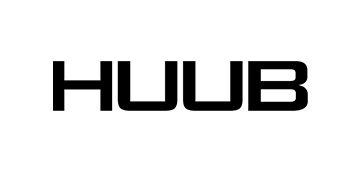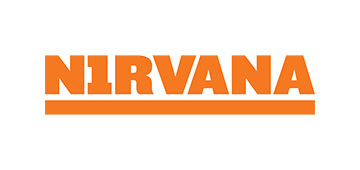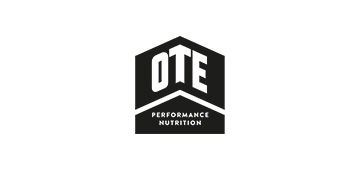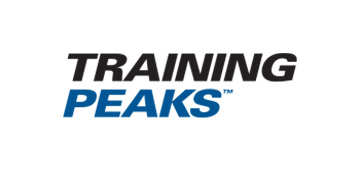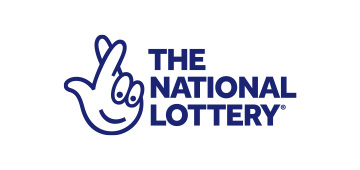Avoid time penalties and disqualifications by making sure you know the rules about drafting.
We’ve been speaking to Pete Lambert, The Regional Official’s Co-ordinator for London about drafting, a subject that continues to confuse many triathletes.
What is drafting?
A great deal of your effort on the bike is expended overcoming the aerodynamic drag of simply pushing your way through the air, especially if there is a strong headwind.
By cycling close to a cyclist in front you can save a great deal of effort as they are acting as a wind break. It is estimated that this can give you something like a 25% advantage, allowing you to follow a faster cyclist and/or not use up so much energy.
This is what we term “drafting” and quite simply it is cheating and if you are seen drafting in a non-drafting race you will, quite rightly, be penalised.
It is also unsafe. In the event of a crash we have to prevent injuries that could be caused by broken wheels or tri-bars acting like spears. In events where drafting is permitted there are some significant restrictions on the design of the bike including items like tri-bars and wheels.
What are the rules and how can you avoid being penalised?
There is a draft zone around each bike that is 3m wide by 7m long* (10m in long distance events). The measurement is taken from the front wheel of the bike to the front wheel of the following bike and centred 1.5m each side of the bike.
If you approach another competitor you have a choice, keep back and stay outside that zone or overtake. If you decide to overtake, you have 15 seconds (30 seconds in long distance events) to get past the cyclist or drop back. The cyclist who you have just overtaken is then responsible for dropping back out of the draft zone.
If you have difficulty visualising the draft zone, just imagine a large family car between your front wheel and the rear wheel of the bike in front of you (please do not test this!).
*In ITU / ETU events the draft zone is 10 metres.
Are there times when I am allowed in the draft zone?
Yes, when you are overtaking and also in areas like “U” turns, feed stations and areas specified by the chief official for safety reasons, such as very narrow sections of the course where it might be dangerous to overtake.
Are there other examples of drafting?
Yes, if you are seen regularly changing place with another competitor that will be regarded as drafting and both competitors may be penalised. Also, you are not allowed to draft behind vehicles. The draft zone behind a vehicle is 35 metres long and 5 metres wide. Apart from the fact they give a much greater draft effect, drafting a vehicle can be very dangerous. They have power assisted disc brakes while you have cold fingers and about 30mm of rubber in contact with the road - no contest!
Who monitors the bike course?
Most events will have at least one official on a motor cycle and some may have a lot more. They will monitor you from behind and report back to the chief official or race referee if you are seen drafting. Course marshals can also report drafting offences but in this instance it requires a report from three marshals. Marshals and officials do not need to advise you that you have been or will be reported.
One other but important point, although the draft zone is 3 metres wide this does not mean you can cycle side by side keeping a 3 metre gap. On non-closed roads side-by-side riding is also an offence and you could be penalised for blocking other competitors who want to pass.
What are the penalties?
For a single report from a motor cycle official or three reports from static marshals you will get a two minute time penalty, longer on long distance events. If you are reported twice by motor cycle officials or once by a motor cycle official and three times by static marshals, you will be disqualified.
Penalties will be posted by the chief official on a penalty notice board which will usually be sited near the results or transition areas. Time penalties will be added to your finish time*.
Penalties can be posted at any time up to when the final results are issued so check the penalty board before you go home!
*In some long distance events and certain ITU/ETU events a time penalty has to be taken by reporting to a penalty box and waiting until the time has elapsed. Failure to report will result in a disqualification so look out for your number on the notice board at the penalty box. It will be clearly sited so no excuses.
Penalties for drafting are regarded as judgement calls and cannot be appealed, so do not be tempted to draft, it is cheating and you will probably be caught.
Article edited by Chris Holland, a member of Westcroft TC and the Triathlon England: London Region media team.





